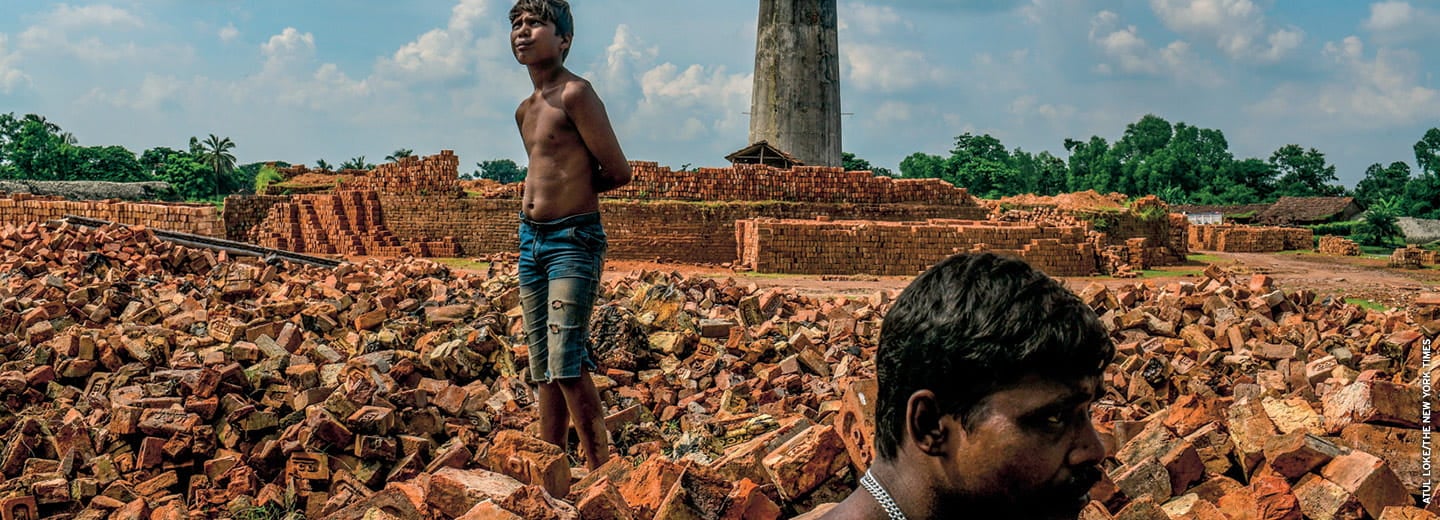Every morning, in front of a public housing apartment complex on the outskirts of the Indian city of Tumakuru, a swarm of children pours into the street. They’re not going to school in this industrial city in southern India. Instead of backpacks or books, each child carries a filthy plastic sack.
These children, from 6 to 14 years old, have been sent by their parents to rummage through garbage dumps littered with broken glass and concrete shards in search of recyclable plastic. They earn a few cents per hour and most wear no gloves or masks. Many can’t afford shoes and make their rounds barefoot, with bleeding feet.
“I hate it,” says Rahul, an 11-year-old who’s among the group. But in March, India closed its schools because of the coronavirus pandemic, and Rahul, whose teachers praise him as a bright student, had to go to work.
In many parts of the developing world, school closures because of Covid-19 have put children on the streets. Families are desperate for money. Children are an easy source of cheap labor. While the United States and other developed countries debate the effectiveness of online schooling, hundreds of millions of children in poorer countries lack computers or the internet and have no schooling at all.
Every morning a swarm of children pours into the street in the Indian city of Tumakuru. They gather in front of a public housing apartment complex on the city’s outskirts. They’re not going to school in this industrial city in southern India. Instead of backpacks or books, each child carries a filthy plastic sack.
These children range from 6 to 14 years old. They’ve been sent by their parents to comb through garbage dumps. The area is littered with broken glass and concrete shards. The children spend their days searching for recyclable plastic. They earn a few cents per hour and most wear no gloves or masks. Many can’t afford shoes and make their rounds barefoot, with bleeding feet.
“I hate it,” says Rahul, an 11-year-old who’s among the group. But in March, India closed its schools because of the coronavirus pandemic. That meant Rahul, whose teachers praise him as a bright student, had to go to work.
This is happening in many parts of the developing world. School closures because of Covid-19 have put children on the streets. Families are desperate for money. Children are an easy source of cheap labor. While the United States and other developed countries debate the effectiveness of online schooling, hundreds of millions of children in poorer countries lack computers or the internet. Many of them have no schooling at all.

